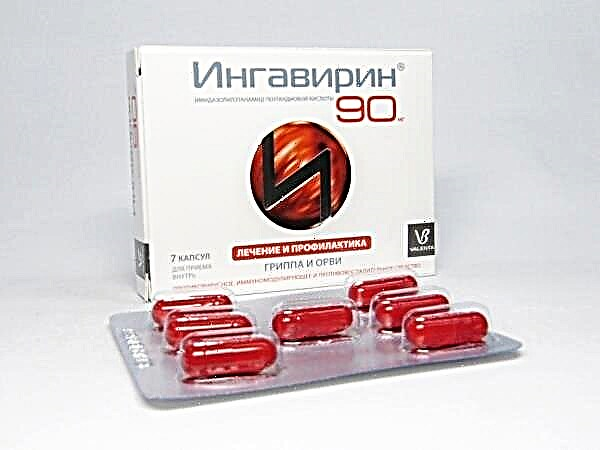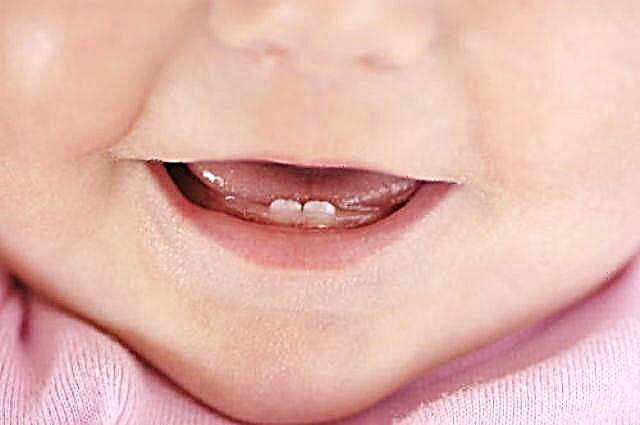What are leukocytes and can they be in urine
Leukocytes
Leukocytes or white blood cells are important constituents of blood. Their main function is the ability to phagocytosis - the digestion of particles. Most often it is used to destroy foreign agents in our body.
In order to answer the question of whether leukocytes can appear in the urine of a child, first of all, it is necessary to figure out how urine is formed in our body.
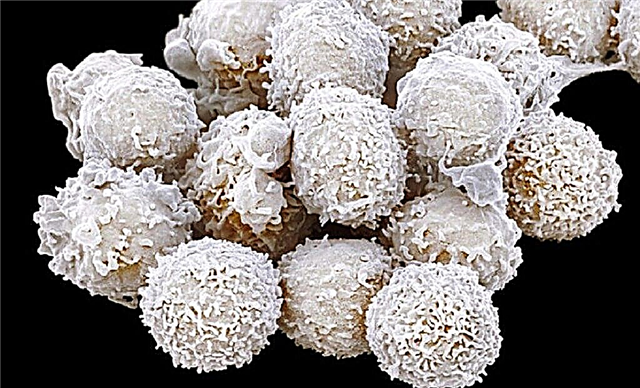
The process of urination
The process of urine formation consists of three processes: filtration, reabsorption and secretion.
Filtration
The essence of filtering is clear from the name. This process takes place in the so-called renal glomeruli. Blood is brought through vessels to them. Then the liquid and its dissolved compounds pass through the membrane.
Not all compounds are able to pass through the glomerular membrane. For example, protein molecules are too large to penetrate the filter.
Thus, the separation of high-molecular compounds occurs, and electrolytes, water, cellular elements and other compounds form primary urine. This is the meaning of the first process of urination.
Reabsorption
Reabsorption is the process of reabsorbing substances. Some substances that have passed through the filtration barrier may be needed by our body in the future. Therefore, they are reabsorbed in the renal tubules.
The main substances that undergo reabsorption are: glucose, amino acids, sodium, calcium, magnesium, potassium ions, as well as chlorides, sulfates, phosphates and even water.
Secretion
Secretion is the process of excreting substances into the urine, for example, using special carriers. In this way, the body gets rid of drugs, hydrogen protons, various organic acids and toxins. As a result, secondary (final) urine is formed.
There is hormonal regulation of the processes of reabsorption and secretion. For example, vasopressin stimulates the reabsorption of water, thereby storing it in the body.
Thus, thanks to all three processes, the final metabolic products are excreted.
So what is the answer to the question posed earlier: can leukocytes be in urine? The answer is unequivocal - they can. The number of white blood cells plays the main role in the diagnosis of diseases.
The norm of leukocytes in urine in children
Depending on age and sometimes gender, the content of leukocytes in the blood can vary (table 1). So, in infants, the number of white blood cells will be considered within the normal range: in boys 5-7 cells, in girls - 8-10.
Table 1. The norm of leukocytes in urine in children.
| Age | Norm |
| Newborn | Up to 15 |
| Half a year | Up to 11 |
| 1 year | To 10 |
| 26 years | 8 – 10 |
| 7 - 12 years old | 8 – 10 |
| 14 - 16 years old | 6 – 7 |
After birth, the child's body is not yet fully formed, therefore an increased number of leukocytes is allowed. However, if the number of cells does not decrease over time, this indicates pathology.
Causes of an increase in the level of leukocytes in urine
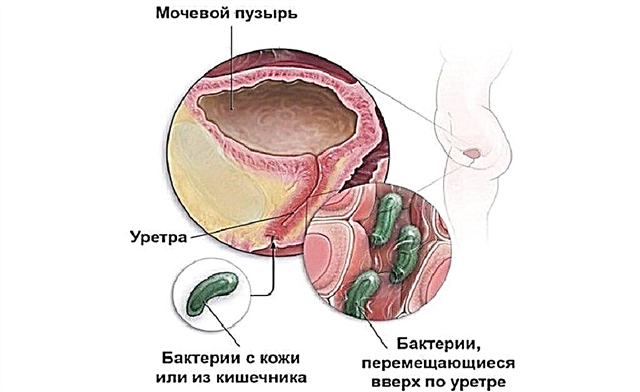
A high level of leukocytes in the urine is usually called leukocyturia, and if the number of white blood cells is more than 60 - pyuria.
High numbers of leukocytes in the urine indicate that the body is strenuously fighting any infection. So, the causes of leukocyturia in children can be:
- inflammation of the urinary tract (bladder, ureter). The child will have a urinary frequency disorder;
- pyelonephritis - infectious inflammation of the kidneys of a bacterial nature, accompanied by an increased body temperature and back pain;
- the ingress of leukocytes into the urine from the external genital organs during their inflammation. An example would be vulvovaginitis in girls;
- allergic reaction. Eosinophils are a type of white blood cell that responds to the appearance of an allergen. Therefore, in case of an allergic reaction, their number will be increased, which may slightly affect the analysis of urine.
If the number of leukocytes in urine is found that does not fit into the norm, you should not panic ahead of time. The urine may have been collected incorrectly. To avoid an unreliable study result, carefully prepare for the collection of biological fluid.
How to properly collect urine
Preparing for urine collection
In order to properly collect urine, it is important to follow a number of rules.
- The urine is collected in the morning upon waking. This is important, as it was after the sleep it is more concentrated and allows you to more accurately evaluate the performance of our systems.
- It is important to prepare a sterile collection container. It will depend on the age of the child. If he is already large and can independently control the act of urination, then it is enough for him to prepare a sterile dry container or buy a special container at the pharmacy. If the child is still small for this, use the urinal, which can also be purchased at pharmacies. They describe in detail how to use them.
- Before urinating, it is necessary to conduct a toilet of the external genital organs, preferably with soap, without the use of fragrances.
- Before collecting urine, it is advisable not to use dyes, for example, beets, for about a day. This can be confusing to doctors when doing the test.

Analysis collection process and transportation
As mentioned above, urine collection can only be carried out in a sterile container or urine bag. It is not recommended to use a plastic pot, as the result of the white blood cell count may be distorted due to the use of cleaning agents.
It is not allowed to squeeze out diapers or diapers, since these items are not sterile, and diapers contain absorbent substances, gels, which thus get into the urine.
Ideally, flush the first portion of urine into the toilet and bring the middle part of the excreted fluid for examination.
After collecting urine, it is important to bring it to the laboratory for testing as soon as possible. You have 2 hours for this. After this time has elapsed, the growth of microorganisms occurs, which will lead to inaccurate analysis results.
Appointed to re-take the analysis - why?
Most often, this can be with an abnormally high number of leukocytes. But do not be scared and wind yourself up ahead of time.
Doctors attribute this to improper preparation for the study, especially due to the lack of a toilet of the organs of the genitourinary system.
When collecting urine again, pay more attention to all points.
The level of white blood cells in urine can be determined in several ways.
The first is the routine methodIn which the leukocyte count is performed by microscopic examination of urine sediment after centrifugation. The result can be written as follows:
- single cells in the field of view;
- the exact number of cells in the field of view is listed (5-10, 10-15);
- completely - the entire field of vision is filled with leukocytes.
The next way to count leukocytes is urine analysis according to Nechiporenko... This method is aimed at identifying the exact number of erythrocytes and leukocytes per 1 ml of urine.
Normally, in children, the number of leukocytes, calculated according to Nechiporenko, is: in boys - 2000, in girls - 4000.
There is another way to count leukocytes - Kakovsky-Addis method. In this way, the number of erythrocytes and leukocytes in daily urine is considered. Normally, the number of leukocytes counted in this way will be 2,000,000.
Tips for parents
Increased leukocytes in the urine of a child indicate the presence of a pathological process in the body. However, it is worth considering whether the analysis was correctly collected and whether all collection conditions were met. Do not make a diagnosis ahead of time, and even more so without consulting a doctor.
No one can advise you better than a competent specialist. You can ask your pediatrician if you have any questions about the reference values and preparation rules.
If the doctor is sure that an increased level of leukocytes in the urine of a child is a sign of existing inflammation, then it is important to find out the cause of this condition. This may require various ways to confirm the diagnosis, for example, urine culture to confirm pyelonephritis, complete blood count, referral to a gynecologist.
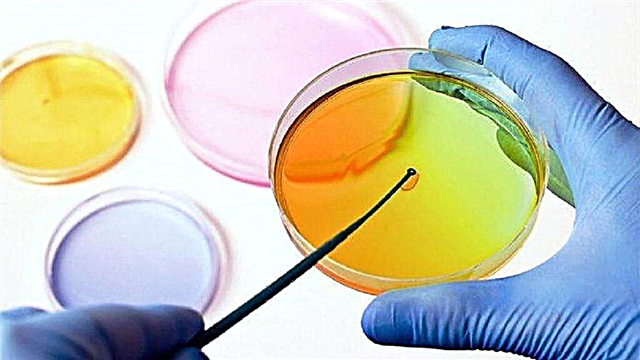
Conclusion
Leukocytes are "defenders" of our body from various kinds of pathogens. Therefore, an increase in their level in the blood and urine indicates the presence of an inflammatory process. Leukocytes in the urine of a child, that is, leukocyturia can be both physiological (in newborns) and pathological, indicating a number of serious pathologies that require treatment. A violation noticed in time will help avoid complications.

